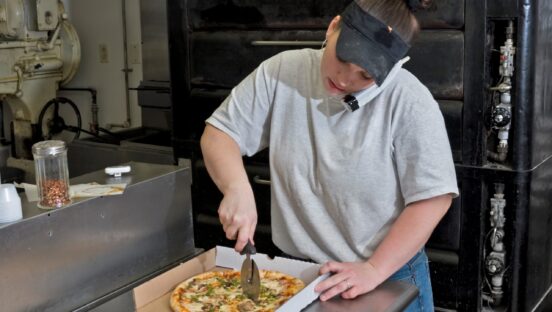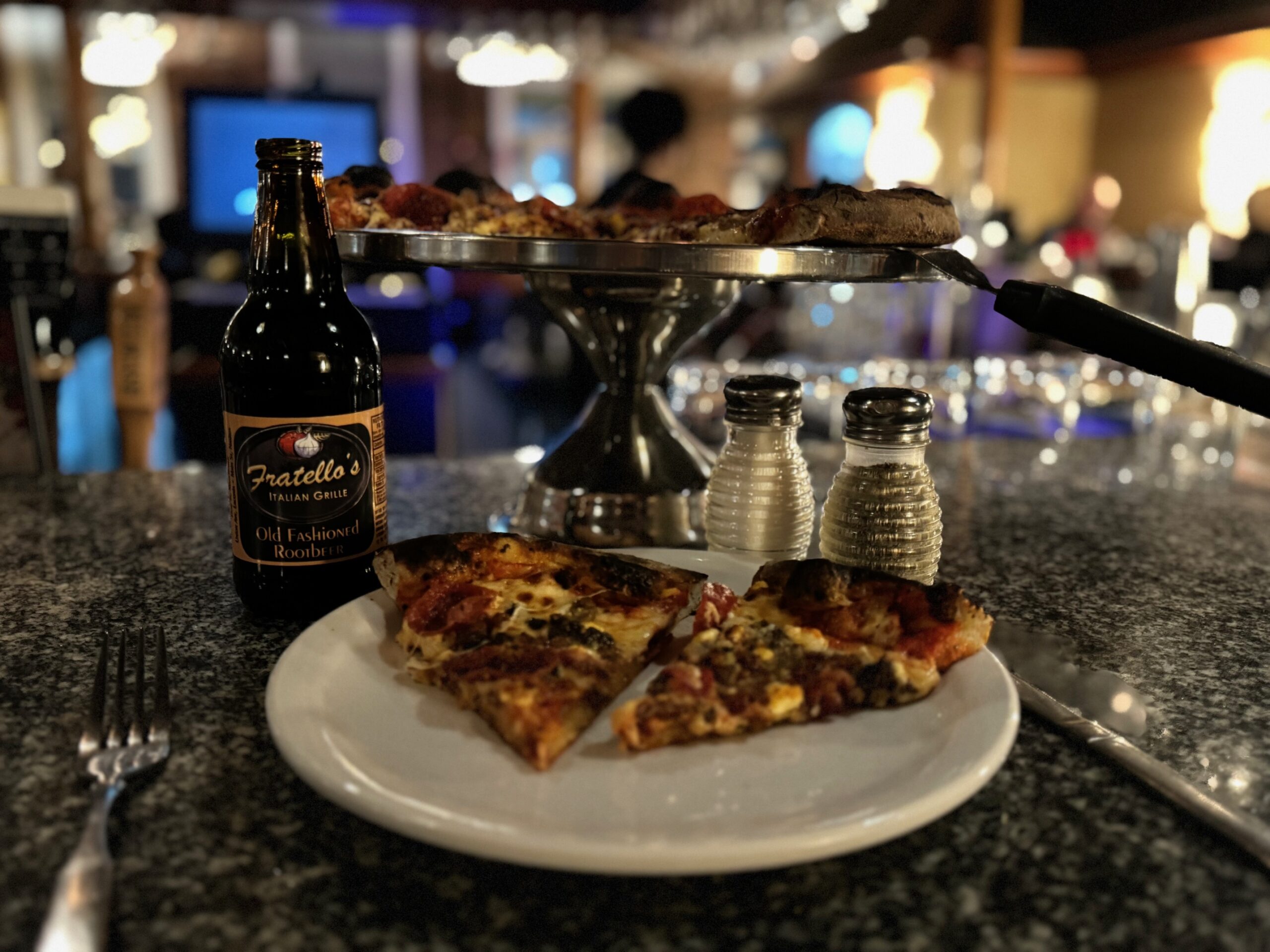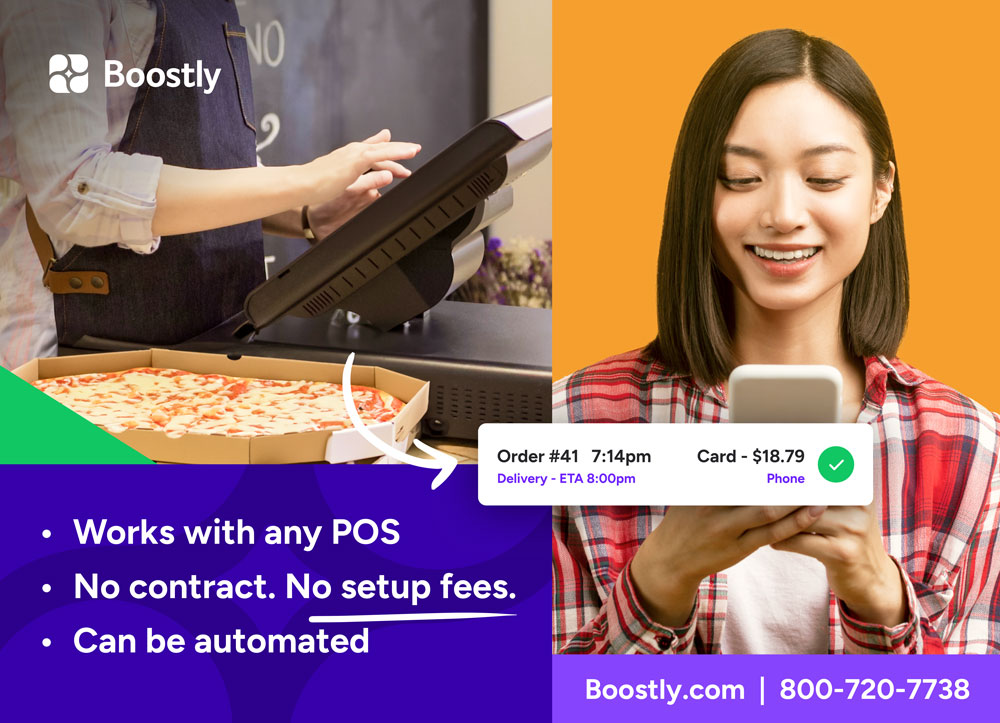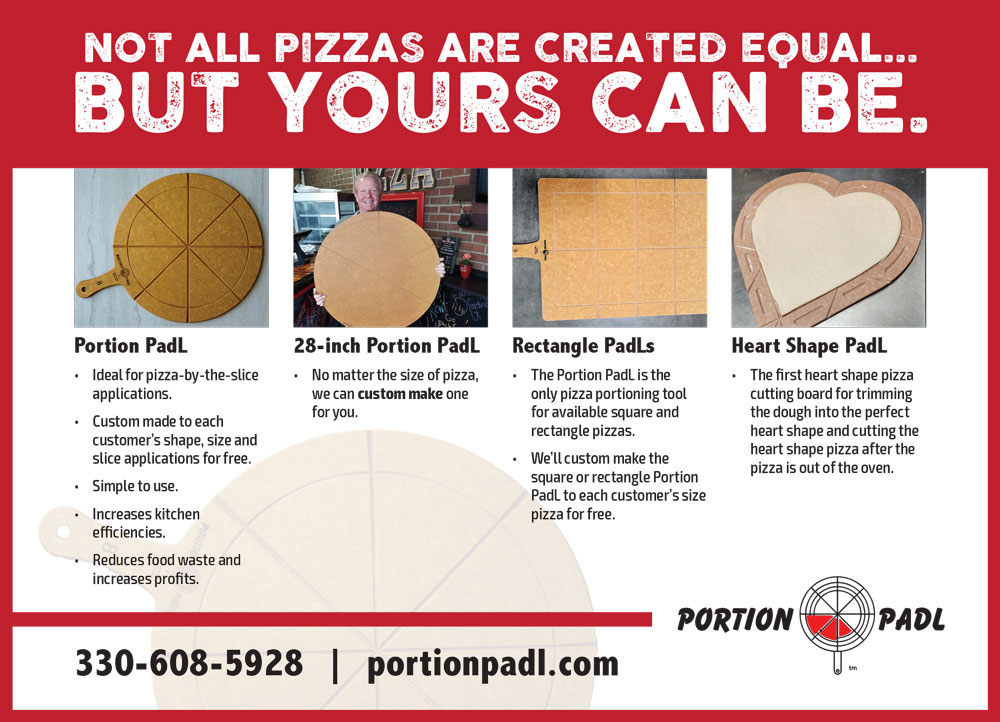You’ve got the data, so how do you use it to make meaningful decisions? As data becomes ingrained into everything we do, it’s important to understand your data and make data-driven decisions so you can run a smarter restaurant.
With a POS system, you can know your business better than a gut feeling. With sales data, customer insights, and workforce reports at your fingertips, you can leverage systems to compare real-time data with historical trends to guide your business decisions.
Customer Data
Knowing your customers is imperative to your restaurant’s success. From fine dining to quick service, the restaurant landscape is competitive, and the number of repeat diners you have can have a significant impact on the success of your restaurant.
Deploy Strategic Loyalty Programs
By integrating your loyalty program with your Point of Sale you can make it simple and easy for your customers to redeem points and employees to track the success of your loyalty program with loyalty-specific analytics. Capture and manage the customers’ transaction information and store the profile within the Point of Sale, and then analyze this data and create meaningful segments and deploy strategic promotions.
After you have segmented your customer base, tier your rewards and allow your customers to redeem their reward after they have reached a predetermined level. By offering a tiered system you can incentivize not just return diners but those that return to rise through the loyalty tiers and continue to make larger, more frequent orders.
Consolidate Marketing Strategies
Even if you have a current marketing plan that includes loyalty programs, social media blasts, or simple coupons, you could still be missing a significant portion of potential diners due to poor data management. CRM is the path to consolidating your marketing messages while finetuning them to reach specific segments of your existing customer base.
Sales Data
Ledgers are long forgotten. To make sense of sales, restaurants are adopting accounting software to integrate with their POS technology. Sales data is key to understanding your gross revenue and what drives your top line. As a business owner or manager, you should evaluate total number of transactions as well as average transaction size to gauge what your optimal sales mix looks like. You should also look at product mix to see which items sell the most or contribute the greatest amount of revenue to the gross margin.
Understanding sales data lets you know what items are the most popular with your customers, what you may need to work on an upsell strategy for, or what you may need to discontinue from your product mix.
Keep Inventory Accounted For
Inventory data is key in managing overhead costs and calculating ratios such as average inventory and inventory turnover. A perpetual inventory management system tracks your stock level, so that you can take the guesswork out of how much inventory you’ll need the next time you place a purchase order. Whether you’re receiving shipments, scanning barcodes, or entering SKUs, reducing the opportunity for human error by integrating your inventory tracking into your point of sales means that you’re getting an exact account of your current stock levels.
That data can also help you forecast and clarify which purchasing decisions you should make, whether you’re tracking changes from month to month, season to season, or even year to year.
Tracking Table Turns
For restaurants, evaluating table turn times and translating that into the Revenue per Available Seat metric. This helps you benchmark an efficiency that is directly correlated to your sales data. For retailers, a good metric to consider is sales per square foot. This helps evaluate the efficiency of the space and how effective the team is at displaying and marketing merchandise in relation to sales.
Workforce Optimization
In any business, understanding employee performance and peak sales times are key for strategic cost management. Restaurant owners and managers have the ability to see projected labor costs and the percentage of sales, enabling them to set schedules in a way that ensures profitability and business success.
Tracking these types of data can tell you when your busiest times are and what the optimal number of employees to have on the clock at any given time will be.
Forecasting
Maintaining historical data week over week, month over month, and year over year allows you to benchmark your progress and better understand the factors contributing to the growth of your restaurant.
Factoring in historical information can help you forecast to reduce waste and keeps operating costs down. Another benefit of knowing your peak business times as well as the slower times is that you will be able to make educated decisions about whether or not to keep your business open for an extra hour and when to cut people from the staff. Tracking metrics like these over time will help you successfully earn more revenue and improve efficiencies from COGS to labor cost percentage.
If you’re short on time and need your data to go, you can achieve this with a cloud hosted platform as well as a mobile insights app. Products like these are becoming increasingly popular so busy managers can access their data anytime, anyplace.
Big data is upending the restaurant industry, and gut based decisions and an extraordinary palette can no longer sustain restaurant success. By turning to data mining, and effectively analyzing and making data-based decisions – you can set your restaurant up for success.















